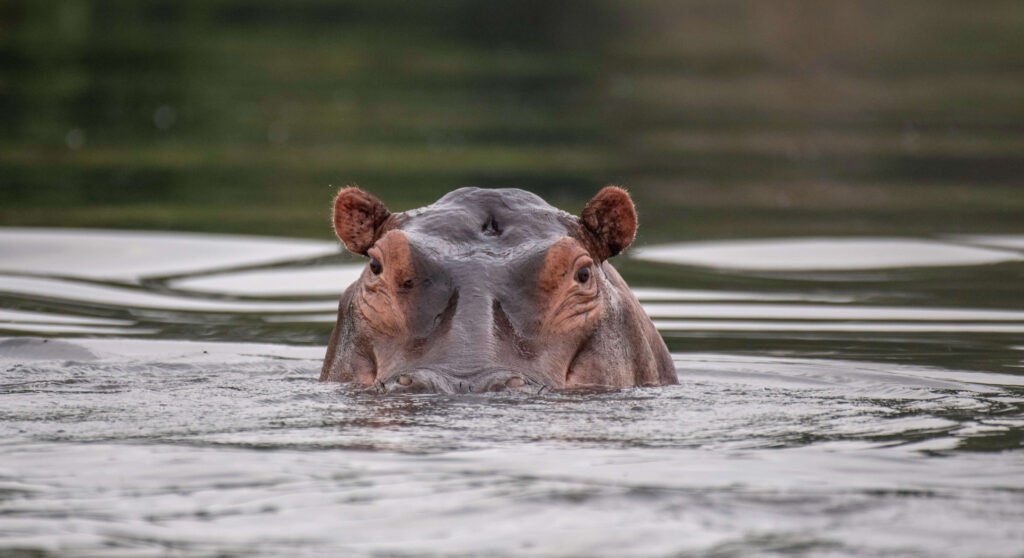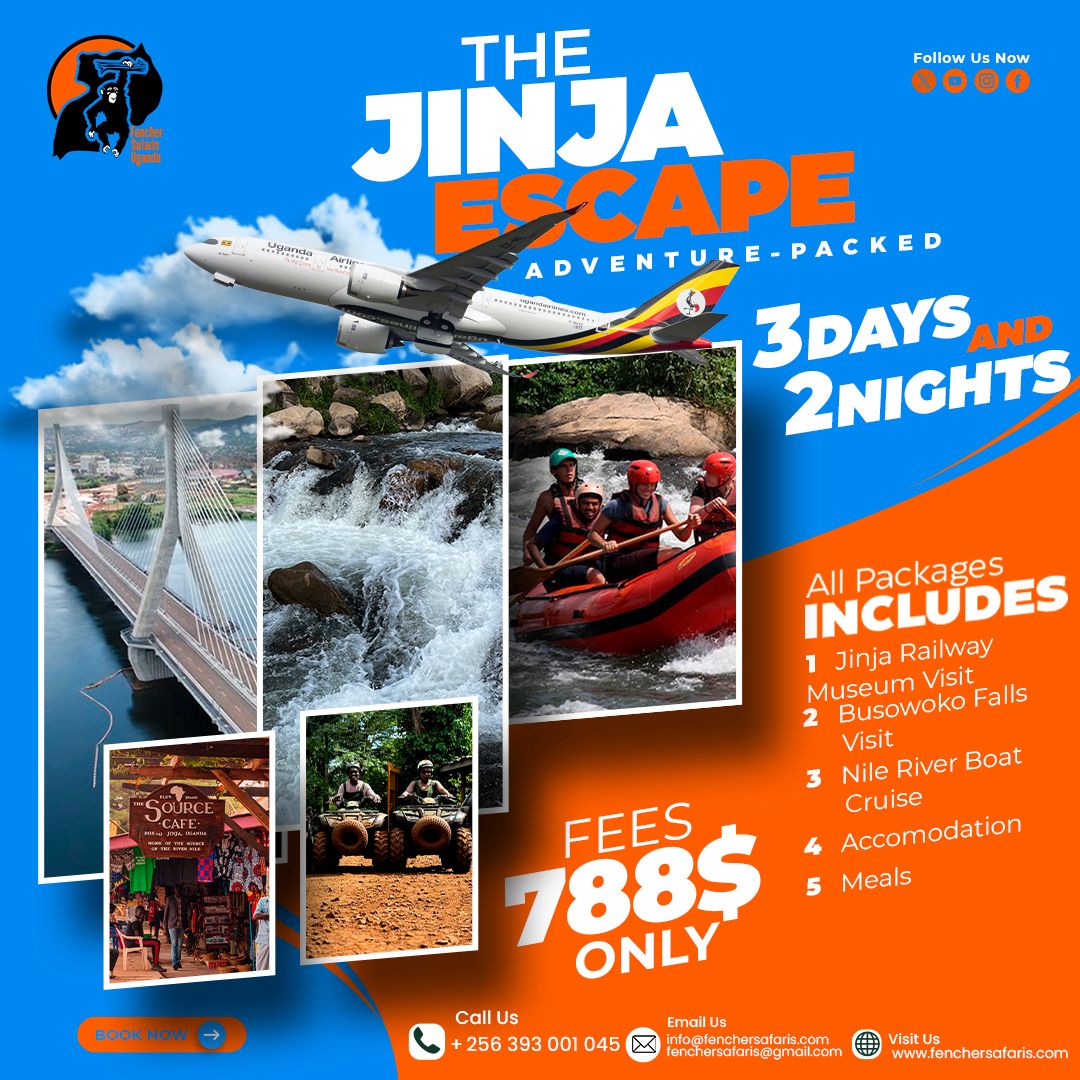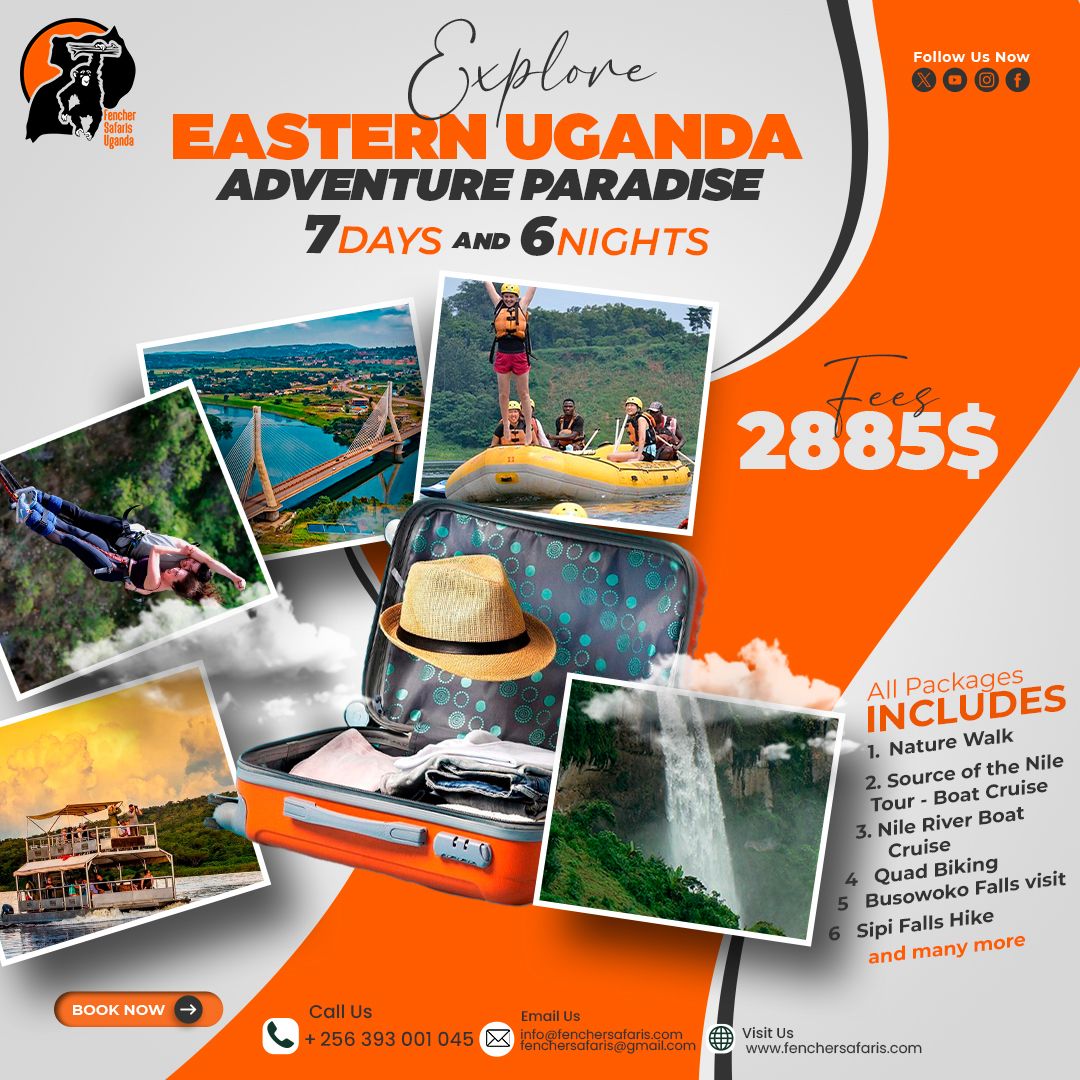Murchison Falls National Park is Uganda’s largest and oldest protected area, famed for its breathtaking Murchison Falls — where the mighty Nile River forces its way through a 7-meter gorge before plunging 43 meters. This dramatic scene, coupled with vast savannahs teeming with wildlife, makes the park one of Africa’s most compelling safari destinations. Visitors encounter elephants, lions, giraffes, hippos, and over 450 bird species, all set against the backdrop of the world’s longest river.
Top Activities & Experiences
-
Boat Safaris on the Nile – Cruise alongside hippos, crocodiles, elephants, and diverse birdlife.
-
Game Drives – Spot lions, leopards, buffalo, and Uganda kob across the sweeping plains.
-
Murchison Falls Viewpoints – Experience the thunderous roar from both the top and base of the falls.
-
Birdwatching – Home to the shoebill stork, African fish eagle, and hundreds of migratory species.
-
Nature Walks & Chimpanzee Tracking – Explore Budongo Forest, one of East Africa’s largest mahogany forests.
Best Time to Visit
-
Dry Season (Dec–Feb & Jun–Sep): Best for game drives, boat cruises, and wildlife viewing.
-
Wet Season (Mar–May & Oct–Nov): Lush landscapes, excellent birdwatching, and fewer crowds
👉 Insider Tip: The falls are most dramatic immediately after the rainy season when the Nile is at its fullest.
History & Untold Stories
Murchison Falls was first gazetted as a game reserve in 1926 and later became a national park in 1952, making it Uganda’s oldest. During the 1960s, it attracted famous visitors such as Winston Churchill, Ernest Hemingway, and even the British royals, who praised its untamed beauty.
The park also witnessed turbulent times during the 1970s and 80s, when poaching decimated wildlife populations. Yet in recent decades, strong conservation efforts have revived the park — with giraffes, elephants, and kob populations now thriving.
An untold gem is the “Kabalega Falls” name story: locals still honor King Kabalega of Bunyoro, who resisted colonial rule, by calling the falls after him. Though officially renamed Murchison Falls by explorer Samuel Baker in 1864, this dual identity remains a cultural reminder of Uganda’s resilience.





















